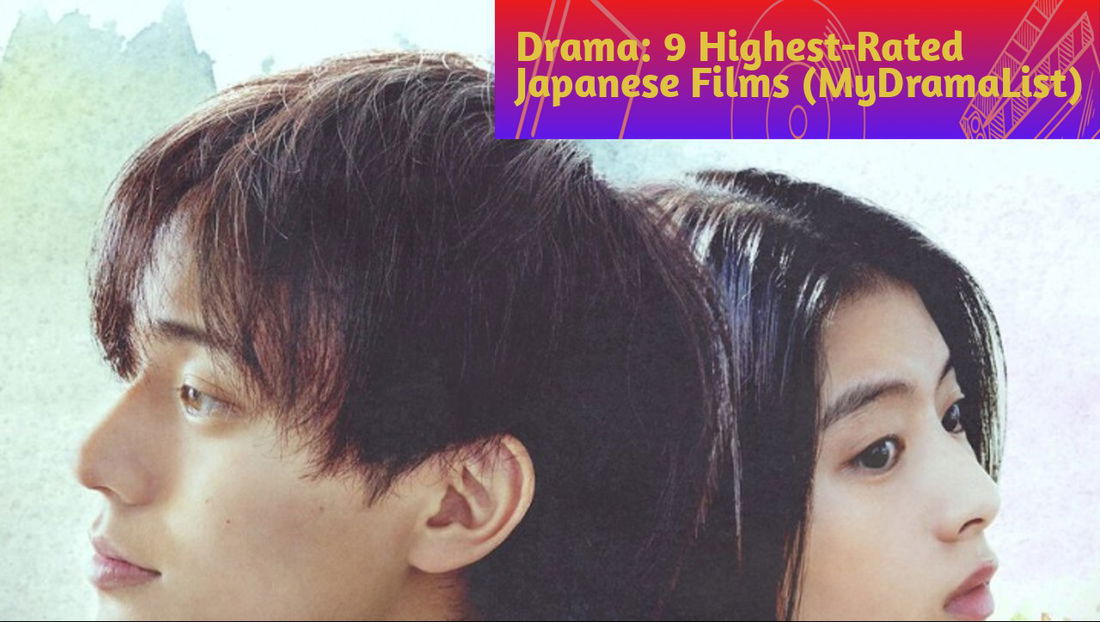Plot of Bon Appétit, Your Majesty
Directed by Jang Tae-yoo, Bon Appétit, Your Majesty is based on the web novel Surviving as Yeonsangun’s Chef by Park Kook-jae, which in turn was inspired by the historical figure Yeonsangun (Yi Yung) of the Joseon dynasty. The drama stars Lim Yoon-a as Chef Yeon Ji-yeong and Lee Chae-min as King Yi Heon.
The story begins in the present day, when Ji-yeong, a French cuisine chef, unexpectedly time-travels to the Joseon era during a solar eclipse. In the past, she finds herself in the royal court of King Yi Heon, a ruler known for his refined palate but feared as a ruthless tyrant. From that moment, Ji-yeong’s survival depends on her ability to impress him through her cooking.

Meanwhile, she faces palace intrigues, conspiracies, and power struggles. One of the most creative aspects of the plot is how it portrays Ji-yeong’s challenge of adapting modern culinary techniques to ancient ingredients, balancing innovation and tradition while surviving in a dangerous environment.
In short, the series blends humor, romance, and a generous serving of political tension.

Critics gave mixed reviews, praising the show’s visual style, originality, and the chemistry between its leads, while pointing out issues with depth and historical accuracy. Some fans also complained that the ending felt rushed and left several storylines unresolved.
Overall, the consensus is that it is a fun, technically polished production that doesn’t delve too deeply into history or originality. The series reached ratings above 11% on tvN and topped Netflix’s Top 10 in several Asian countries.

From Hunger to Affection
Before becoming a technological powerhouse and pop culture hub, South Korea experienced hunger not as a metaphor but as a harsh reality.
For much of the 20th century, the country endured severe food shortages. After liberation from Japanese rule in 1945, the Korean Peninsula was left divided and devastated. A few years later, the Korean War (1950–1953) worsened the crisis as crops were destroyed, families displaced, and agriculture nearly halted.
Studies from Columbia University and ScienceDirect report that during the conflict, the population suffered high levels of malnutrition, particularly among pregnant women and children. Once an agricultural exporter, Korea became dependent on international aid.
Many families survived on barley, corn, or potatoes mixed with rice to make the little they had last longer. Thin soups, leftover meals, and fewer daily portions became common. In that context, eating was synonymous with surviving.

From the 1960s onward, with foreign aid and reconstruction policies, South Korea began an economic transformation known as the “Miracle on the Han River.” The country received large amounts of wheat and powdered milk, mainly from the United States, which helped ease hunger but also changed traditional rice-based diets.
As the economy stabilized, food in South Korea gained a deeper social and cultural meaning that went beyond basic nutrition.
Recent studies on Korean food culture highlight that sharing food is a central part of Korean social life, present in family, professional, and even ceremonial settings. Preparing, offering, and eating together are essential acts of connection.

Although there is no direct evidence that the habit of sharing food arose specifically from times of famine, the postwar scarcity likely reinforced the symbolic importance of food. Offering someone something to eat still represents attention, respect, and care.
For example, in Korean, food-related expressions appear frequently in daily life. Asking “Have you eaten?” (bap meogeosseoyo?) is a common greeting that carries the same emotional warmth as “How are you?”
For many Koreans, inviting someone to eat, insisting they have seconds, or preparing something warm are gestures of hospitality and affection. Food becomes a way to show care, empathy, and solidarity.

Even though the country has long overcome hunger, the collective memory of famine may have left subtle marks on how Koreans relate to food and to one another. Sharing a meal, offering a favorite dish, or setting a table for someone can all be seen as ways of saying “I care.”
It is from this symbolic heritage that Bon Appétit, Your Majesty was born, reflecting the connection between hunger and affection. By placing a modern chef before a king from the past, the series turns cooking into a bridge between eras, moving from absolute power to human vulnerability. Just as a people once survived by sharing grains of barley, the drama invites viewers to see food as an act of love and empathy.
Between the Throne and the Kitchen
One of the aspects that intrigued me most about the series was King Yi Heon himself. I did some research and found that although he is a fictional character, he appears to be inspired by the real historical monarch Yeonsangun of Joseon (1476–1506), the tenth king of the Joseon dynasty, remembered as one of the most brutal and unstable rulers in Korean history.
In reality, Yeonsangun ascended the throne in 1494 and quickly turned the country into a reign of terror. He ordered purges of scholars, executed critics, closed the Sungkyunkwan academy, and turned the palace into a stage for indulgence and excess.
Historical accounts also describe his abduction of women for the royal harem, hunts that displaced thousands of peasants, and extravagant banquets that contrasted sharply with the hunger of his people. Deposed in 1506 by a palace coup, he was exiled and died shortly afterward, denied a posthumous name, a mark of dishonor among Korean kings.

The series, however, softens Yi Heon’s image considerably. While he retains the traits of a historical tyrant such as stern authority, arrogance, and impulsiveness, he is given emotional depth and a redemptive journey.
He is portrayed as a tormented king, isolated by power, who rediscovers his humanity through food and affection. His relationship with Ji-yeong is the opposite of Yeonsangun’s brutality, becoming a journey toward empathy. The K-drama does not aim to retell history but rather to reinterpret the figure of the tyrant, transforming him into someone capable of love.

Served Rare
As a personal critique, I must say that the series finale, especially the last episode, could have been better developed or explained.
The reunion between the main couple happens in a magical way, which is fine, but the story still needs to maintain some internal logic so the audience does not feel cheated. When that logic is suddenly ignored, the ending feels rushed and unsatisfying.

There were other ways to create that reunion. It is hard to understand why the writers chose not to explain, even in a couple of lines, how the third time travel occurred without the recipe book or the eclipse.
On this point, I have to agree with the fans who highlighted this flaw in the story.

Is It Worth the Popcorn?
Yes, it is, because above all, it is a fun and emotional romance for those who enjoy the genre.
Bon Appétit, Your Majesty is also technically impressive, with a distinctive plot that combines past and present with the light touch of a romantic comedy and the visual richness of a historical drama.

It may not teach history, but it turns history into metaphor: tyranny redeemed through compassion, food as a bridge between two contrasting worlds, and affection served at the table as an act of love.
After learning about the historical weight food carries in Korea, are you tempted to taste this feast of history and fantasy?













— Comments 0
, Reactions 1
Be the first to comment